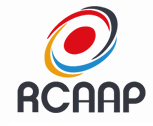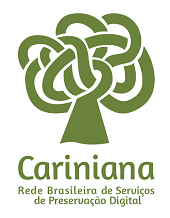Characteristics of the milk production of the agreste region of the state of Pernambuco, Brazil
DOI:
https://doi.org/10.5433/1679-0359.2007v28n4p665Keywords:
Milk, Milk production, Wasteland region.Abstract
The Agreste region in the state of Pernambuco is characterized by a diversified economy, with different cultivars, besides the daily and beef farms. In 2004 the State produced 398 million liters of milk; it represented 14.7% of the Northeast Region production and 1.7% of the National production. The aim of this work was to characterize the milk properties of the Agreste region of Pernambuco, observing conditions and factors that could interfere with milk quality. In the survey, 41 milk farms were selected in the region. Small milk farms were the most common found, with less than 25 (43.9%) animals in lactation, and 36 (87.8%) farms held a manual milking process. In relation to hygiene practices during milking, 16 (39.0%) of the producers washed the teats before beginning, but only 4 (9.8%) performed pre-dipping and 34 (82.9%) milked in the presence the calf. Only 5 (12%) farms applied some treatment to the water used for cleaning installations and equipment, even the water for human consumption was treated in only 43.9% of the farms. Milk refrigeration was performed in 10 (24.4%) farms in communitarian tanks. As far as animal health is concerned, 39 (95.1%) owners vaccinated for food and mouth disease and 23 (56.1%) for brucellosis, while 10 (24.4%) tested for tuberculosis. Regarding the farms structure the production conditions were precarious, showing the need of improving the structure itself and animal handling. As well as the implementation of Good Manufacturing Practices in the milking process, proper to the local reality.
Downloads
Downloads
Published
How to Cite
Issue
Section
License
Semina: Ciências Agrárias adopts the CC-BY-NC license for its publications, the copyright being held by the author, in cases of republication we recommend that authors indicate first publication in this journal.
This license allows you to copy and redistribute the material in any medium or format, remix, transform and develop the material, as long as it is not for commercial purposes. And due credit must be given to the creator.
The opinions expressed by the authors of the articles are their sole responsibility.
The magazine reserves the right to make normative, orthographic and grammatical changes to the originals in order to maintain the cultured standard of the language and the credibility of the vehicle. However, it will respect the writing style of the authors. Changes, corrections or suggestions of a conceptual nature will be sent to the authors when necessary.















